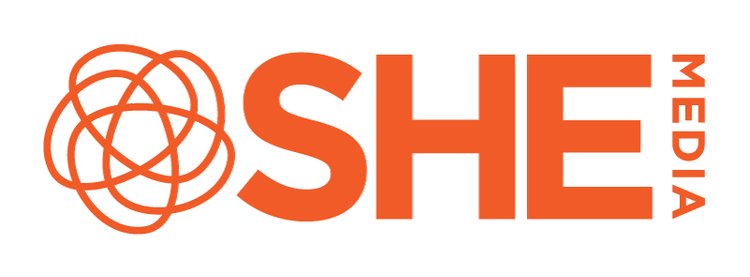12 Quick But Effective SEO Tips and Fixes To Boost Your Traffic
The new year brings in new opportunities to start afresh and take a renewed outlook on things. Now is the time to implement some small but effective changes to your site to boost your traffic. Here are 12 quick but effective SEO fixes and changes to do on your site.
Optimize Titles and Headlines - Every page and article should have a main title and that title should be an H1 tag. The H1 tag is the most important element on the page. The title of your article should be a H1 tag and it should be prominent on the page and should appear above all images or content.
Insert H2/H3 Header Tags to Subheadings - Make sure all pages and posts have the right tagging and subheading. This will have a positive impact on how search engines understand your content. Subheadings and FAQs should be tagged H2 and H3 in hierarchical order.
Insert relevant keywords to Headings - While you’re making your heading and subheading the right tags, make sure they contain relevant keywords so they are optimized for search. The title of the article should be properly descriptive and engaging. Subheadings should describe exactly what that section is about. This will make your content easier to navigate, keep readers engaged for longer and yes it will help your content rank better on SERP.
Meta Description - Your meta description should contain relevant keyword(s) and should be engaging. This will help entice readers for higher CTR. For Meta description optimization, try the AIO SEO plugin.
Analyze with Page Speed Insights - Quickly analyze your site with Google's PageSpeed Insights and implement straightforward fixes like image compression and removing broken links. You can also check for broken links on your site by using other tools like the Broken Link Checker
Optimize Images - In addition to compressing images that are the wrong size based on your page speed insight, also optimize images with better alt text and description. Doing this will optimize your images for Search which can be a significant ranking SERP feature for your site. And always uses quality images that are properly sourced, paid for (or free Creative Commons license), and credited.
Ensure Your Site is Mobile Friendly - The internet is mobile-first and there’s a good chance most or at least 50% of your users access your site using their mobile devices. Whatever changes, uploads, and updates you make to your site should be optimized first for mobile. Always check what a new upload will look like on mobile devices. Make sure there are no awkward cut-offs, weirdly sized images, or inserts and that there is enough white space between content. Use Google's Mobile-Friendly Test to make sure your site and site content is optimized for mobile.
Internal Linking - include an average of 2 or 3 internal links in every article. This will help with navigation on your site, and give your site a better site structure making it easier for the SERP crawlers to crawl and it will increase user time on your site.
External Linking - Also include external links to quality and reputable sites in our articles as this will help improve your E-E-A-T score (Expertise, Experience, Authoritativeness, and Trustworthiness). When you write, draw from existing research or other authoritative perspectives on the topic and link to their sources. Reputable sites are sites that are .org .gov .edu etc. Read more about E-E-A-T.
Optimize With Keywords - Keywords are how your content gets found. Optimizing with keywords ensures that your content is showing up for the right search queries and to the right audience. Include longtail keywords and include related keywords in every post. Learn more about Keyword Strategy —How to Find and Use the Right Keywords for Your Content
Write and Publish Quality Content - This strategy is as good as ever and is the only sure way to grow and engage an audience. Ensure your content is clear, concise, unique, and provides value to the user.
Monitor Your Progress - The saying “If you can not measure it, you can not improve it” applies to your website optimization efforts as well. Use GA to track your site traffic and monitor your changes to see what works and what doesn’t. Do A/B testing when you can e.g. you can test our different Title headings to see which one gets the best CTRs. When you update content, check how it's performing. Monitor your traffic sources to see what’s performing the best. etc.
Remember, even small changes can lead to a significant impact on your SERP rankings, user experience, and traffic.
Recommended Reading
Google’s Helpful Content Update - What Publishers Need to Know & How to Recover
